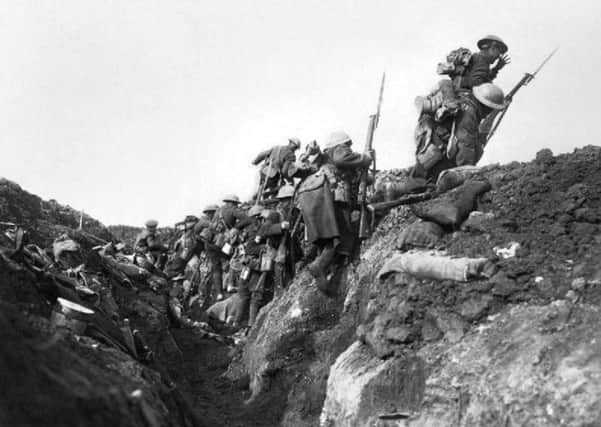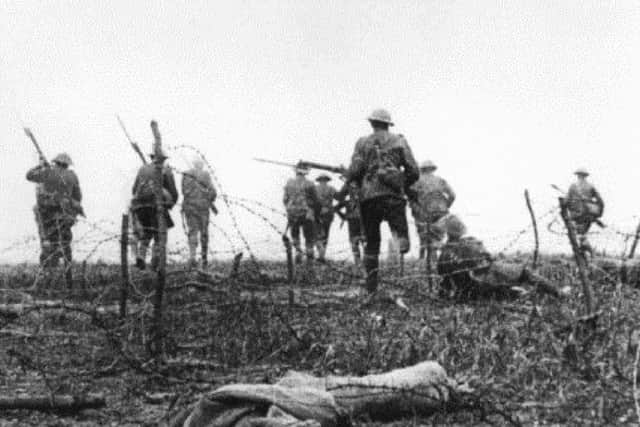HERITAGE: Shattered knee joint ends Will’s war effort


Now, following on from last week, we can bring you more details of the First World War soldier from Berkhamsted on whom the book is based.
Cpl William Puttnam, who lived in George Street, fought in all of the major western theatre battles of the First World War including the big push on the Somme in July 1916 and finally found himself in the middle of the big German advance in March 1918 – named Operation Michael by the Germans.
Advertisement
Hide AdAdvertisement
Hide AdThis began the Spring Offensive on March 21, 1918, and it was launched from the Hindenburg Line, in the vicinity of Saint-Quentin, France. Its goal was to break through the Allied lines and advance in a north-westerly direction to seize the Channel ports, which supplied the British Expeditionary Force (BEF) and to drive the BEF into the sea.


William was wounded in action just two days after the start of the German offensive, just north of St Quentin. He was picking up British wounded from the battlefield on his field gun carriage when he was shot through his right knee cap, shattering his knee joint. He was taken to a field hospital and from there he was eventually evacuated via ambulance train to the 1st Australian General Hospital, which was situated on the Rouen Racecourse. He got there on March 27, 1918.
From there he was evacuated via train to the port of Le Havre after receiving some basic medical treatment. William was placed on the ex channel ferry turned ambulance ship – the SS St Patrick – on the March 28, 1918l, en-route to Southampton.
Where the soldier lived therein was not a real consideration. The worst, life threatening cases were sent to hospitals in the south west and south east. There was a major shortage of hospital beds across the UK at that time so all hospitals had to be used. Many new war hospitals were created, often from old workhouses. Merryflats war hospital in Govan, Glasgow, was one. William was sent there and admitted on March 30, 1918.
Advertisement
Hide AdAdvertisement
Hide AdHe spent a year at Merryflats being operated on and learning to walk again without a knee. He was discharged on April 1, 1919, to go home. He was rejected for a war disability pension as his wound was not deemed severe enough.
William lived in the same house in Berkhampsted – as it was then known – until his death in on May 31, 1936, from heart failure.